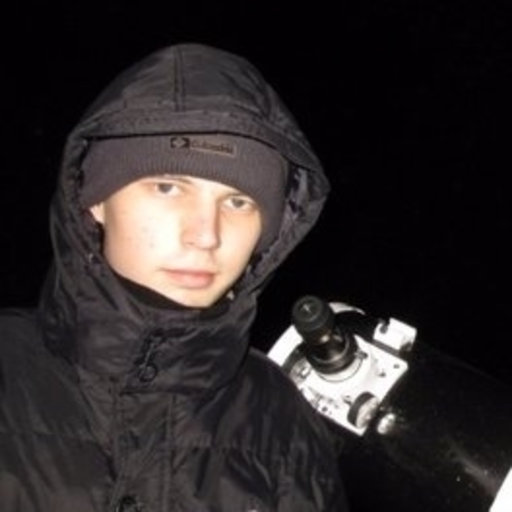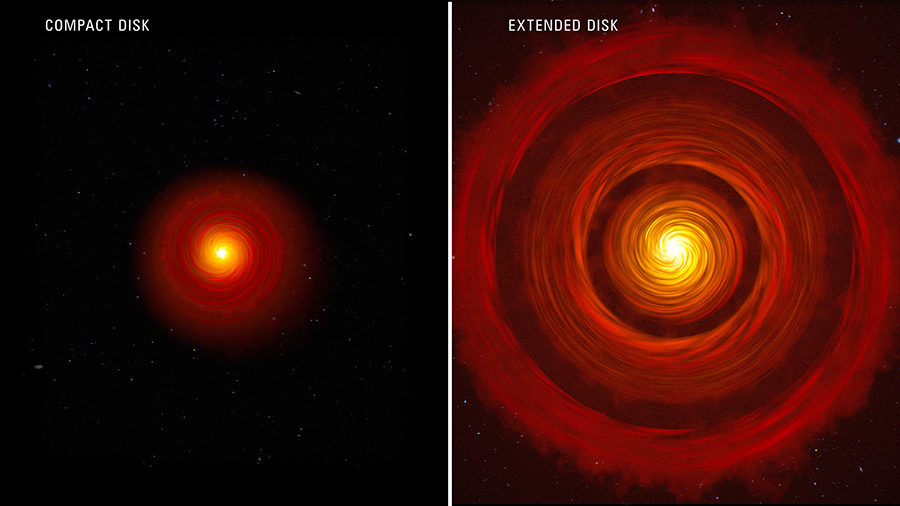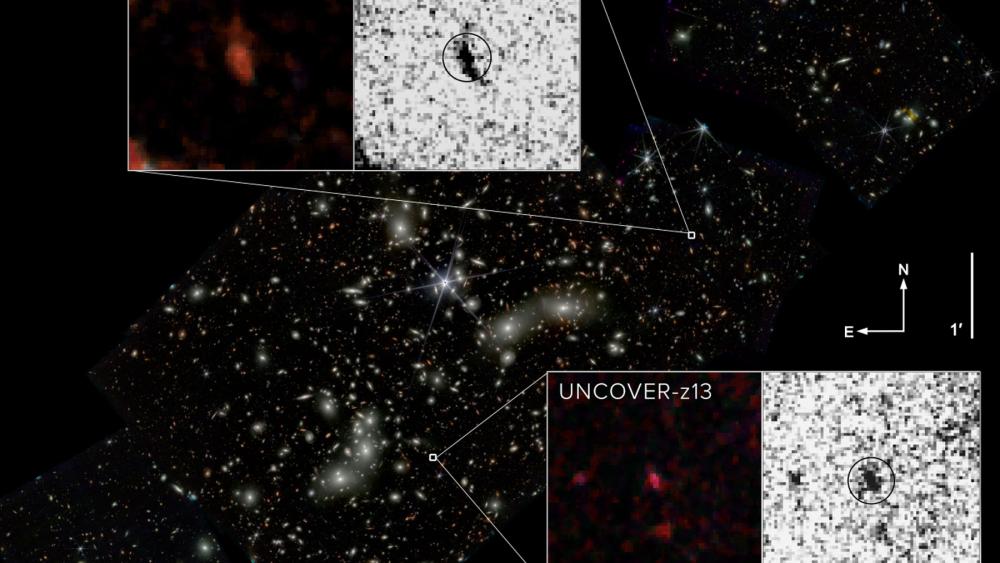-
Frank Borman fell in love with flight and that led him to the stars

Frank Borman takes a phone call from President Lyndon Johnson. Last week’s passing of Frank Borman, who led humanity’s first circumnavigation of the Moon, reduces the surviving number of Apollo lunar voyagers to eight. Aged 95, Borman was the oldest living space traveller, an uncomplicated military man of grit, tenacity and unswerving devotion to the…
-
Dedicated Amateur Astronomer Makes Rare Pair of Asteroid Discoveries

Two recent asteroid discoveries made by an amateur astronomer highlight what is possible, with access to the right equipment. When it comes to hunting for new astronomical discoveries these days, the competition is stiff. Gone are the days of the lone astronomer with a telescope perched on a lonely hilltop, patiently sweeping the skies looking…
-
Oxford professor unpacks Webb findings and key challenges in astronomy
NASA and the astronomy community invested a whopping $10 billion over two decades to build the James Webb Space Telescope (JWST) — the world’s most advanced and powerful astronomical instrument. While the telescope has been actively collecting data and providing new insights and discoveries about the universe, a renowned expert highlights that Webb’s findings have…
-
Astronomers have just discovered an 8 billion-year-old radio signal
An eight billion-year-old radio signal containing extreme levels of energy has been discovered by astronomers. According to the journal Science, a “fast radio burst” was recorded as lasting for just a millisecond. The radio-frequency electromagnetic radiation was identified as FRB 20220610A, and it contained a truly staggering level of energy – releasing the same amount…
-
Astronomers want to give space a socially conscious makeover, push for renaming Magellan galaxies
Stars, galaxies, and their celestial names are above humans and our inherent bigotry…or are they? A group of scientists has called for the renaming of galaxies named after a 16th-century explorer, who they say left behind a “violent colonialist legacy”. They say that science is for everyone and that astrological objects should not be named…
-
GSOA Hopes to Drive Space Sustainability With New Code of Conduct

ESA illustration of space debris. Photo: ESA The Global Satellite Operators Association (GSOA) hopes to play a key role and drive better behaviors in the area of space sustainability. GSOA released a Code of Conduct on Space Sustainability on Nov. 13 — calling on operators to implement responsible practices that mitigate the risk of in-orbit…
-
World’s Most Powerful Millimeter/Submillimeter Telescope Captures Highest Resolution Observations—Ever
An international team of astronomers has collaborated to improve the capabilities of the Atacama Large Millimeter/submillimeter Array (ALMA), one of the world’s most powerful telescopes. Scientists from the National Science Foundation’s National Radio Astronomy Observatory (NRAO), the Joint ALMA Observatory, the National Astronomical Observatory of Japan (NAOJ), and European Southern Observatory have achieved the highest…
-
Astronomers pierce cosmic dust to study the anatomy of a dying star
Astronomers with the Gemini North Telescope on Mauna Kea in Hawaii have released the first spectrum from a brand new spectrograph capable of peering deep into the veils of cosmic dust that line our universe. The spectrum shows details of an expanding cloud of gas and dust that a sun-like star ejected at the end…
-
Webb Shows Planets Really Do Start with Pebbles

This artist’s concept compares two types of typical, planet-forming disks around newborn, Sun-like stars. On the left is a compact disk, and on the right is an extended disk with gaps. Scientists using Webb recently studied four protoplanetary disks — two compact and two extended. The researchers designed their observations to test whether compact planet-forming…
-
Second-most distant galaxy discovered using James Webb Space Telescope

UNIVERSITY PARK, Pa. — The second- and fourth-most distant galaxies ever observed have been discovered in a region of space known as Pandora’s Cluster, or Abell 2744, using data from NASA’s James Webb Space Telescope (JWST). Following up on a deep field image of the area, an international team led by Penn State researchers confirmed…
